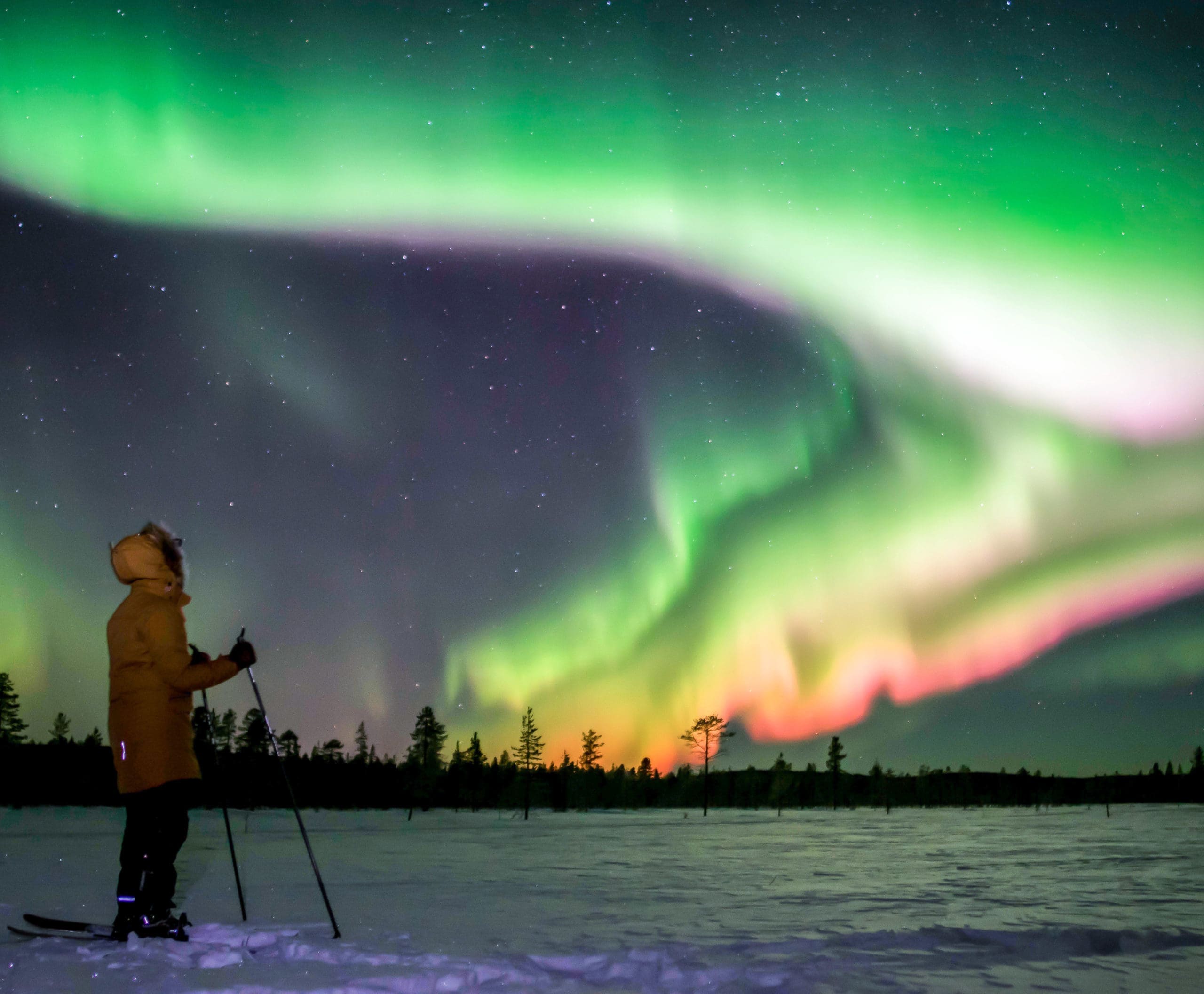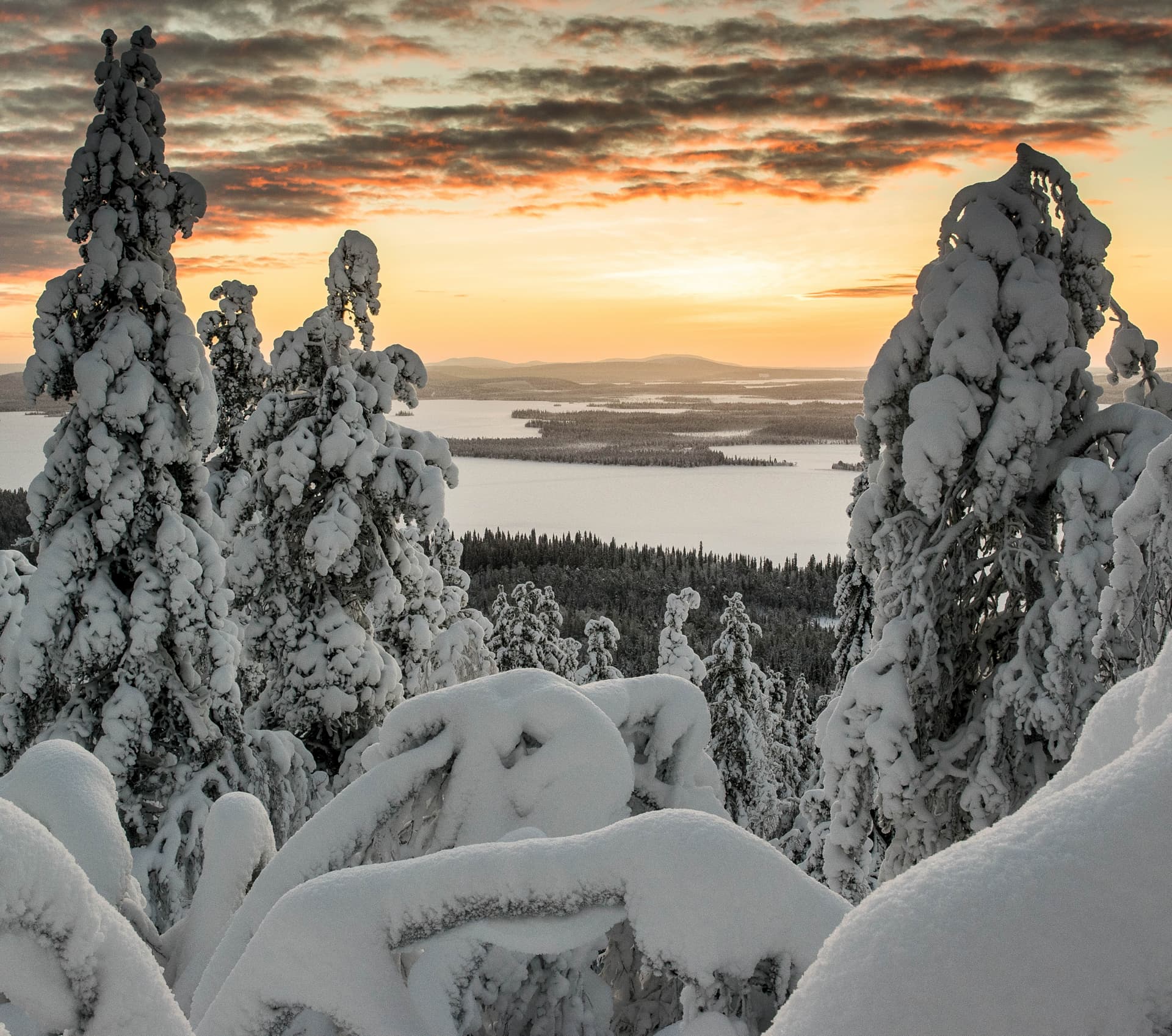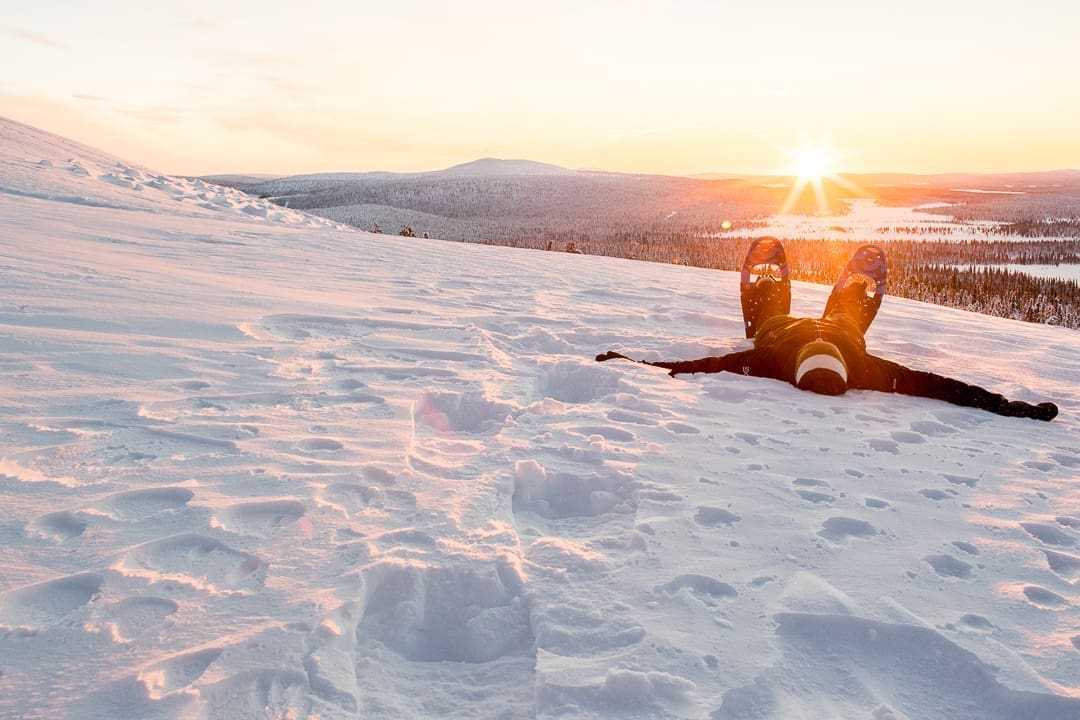Lapland, with its enchanting landscapes and thrilling winter activities, is a dream destination for many. However, safety is a paramount concern for anyone planning a holiday in this winter wonderland. In this blog post, we will delve into the safety measures in place for winter activities in Lapland, the common risks associated with these activities, and tips for staying safe during your Lapland adventure. We will also provide guidance on what to do in case of an emergency while in Lapland.
Understanding Safety Measures for Winter Activities in Lapland
Safety is a top priority for any reputable tour operator in Lapland. Comprehensive safety measures are implemented to ensure that visitors can enjoy their winter sports and activities without undue risk. These measures include thorough training for guides, regular maintenance of equipment, and adherence to local safety regulations.
Guides in Lapland are well-trained professionals who are knowledgeable about the terrain and weather conditions. They are equipped to handle emergencies and provide first aid if necessary. Additionally, tour operators often conduct safety briefings before any activity, ensuring that participants are aware of potential hazards and how to avoid them.
Equipment used for winter activities, such as snowmobiles and sledges, undergoes regular maintenance checks to ensure they are in optimal condition. Safety gear, including helmets and thermal clothing, is provided to participants to protect them from the cold and potential injuries. These measures collectively contribute to a safe and enjoyable experience in Lapland.
Common Winter Activities in Lapland and Their Risks
Lapland offers a plethora of winter activities, each with its own set of risks. Snowmobiling, for instance, is a popular activity that can be exhilarating but also poses risks such as collisions and falls. To mitigate these risks, participants are required to follow strict guidelines and wear protective gear.
Dog sledding is another beloved activity in Lapland. While it offers a unique way to explore the snowy landscapes, it also comes with risks such as falls and injuries from handling the dogs. Proper training and guidance from experienced mushers help minimise these risks.
Ice fishing and snowshoeing are relatively low-risk activities but still require caution. The primary risks associated with these activities include exposure to extreme cold and the potential for getting lost. Participants are advised to dress warmly, stay in groups, and carry navigation tools to ensure their safety.
Tips for Staying Safe During Lapland Winter Adventures
To ensure a safe and enjoyable holiday in Lapland, it is essential to follow some basic safety tips. First and foremost, always listen to your guides and adhere to their instructions. They are experienced professionals who know the terrain and potential hazards.
Dressing appropriately for the cold weather is crucial. Layering your clothing and wearing thermal gear can help protect you from the harsh temperatures. Additionally, always wear the safety equipment provided, such as helmets and gloves, to prevent injuries.
Staying hydrated and well-nourished is also important. The cold weather can dehydrate you quickly, so make sure to drink plenty of water and eat regular meals. Lastly, always inform someone of your plans and expected return time, especially if you are venturing out on your own.
What to Do in Case of an Emergency While in Lapland
Despite all precautions, emergencies can still occur. Knowing what to do in such situations can make a significant difference. If you find yourself in an emergency, the first step is to stay calm and assess the situation. If you are with a guide, follow their instructions as they are trained to handle emergencies.
If you are alone or separated from your group, try to contact emergency services. The emergency number in Finland is 112, and it can be dialled from any phone. Provide clear information about your location and the nature of the emergency to get the necessary assistance.
It is also advisable to carry a basic first aid kit and know how to use it. Familiarise yourself with the signs of hypothermia and frostbite, and take immediate action if you or someone in your group shows symptoms. Staying prepared and informed can help you handle emergencies effectively.
In conclusion, winter activities in Lapland are generally safe, thanks to the stringent safety measures in place. By understanding the risks, following safety tips, and knowing what to do in an emergency, you can enjoy a memorable and safe Lapland adventure. If you are considering a holiday in Lapland, Wildmaker Lapland offers a range of tours that cater to families and small groups, providing authentic experiences in the heart of nature. Our tours include private and shared accommodations, full board or self-catered options, and a variety of winter activities. Book your Lapland tour with us and embark on a magical journey in this winter wonderland.



